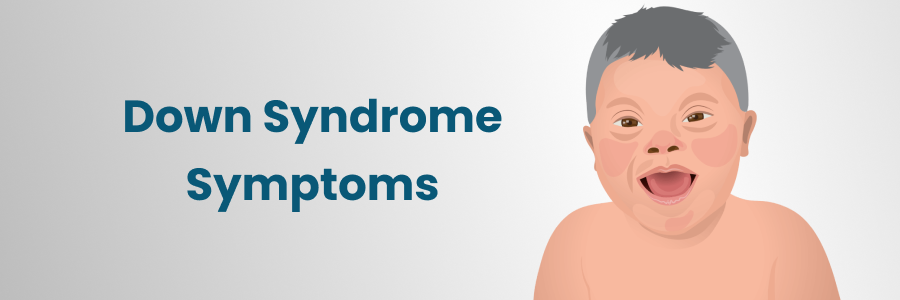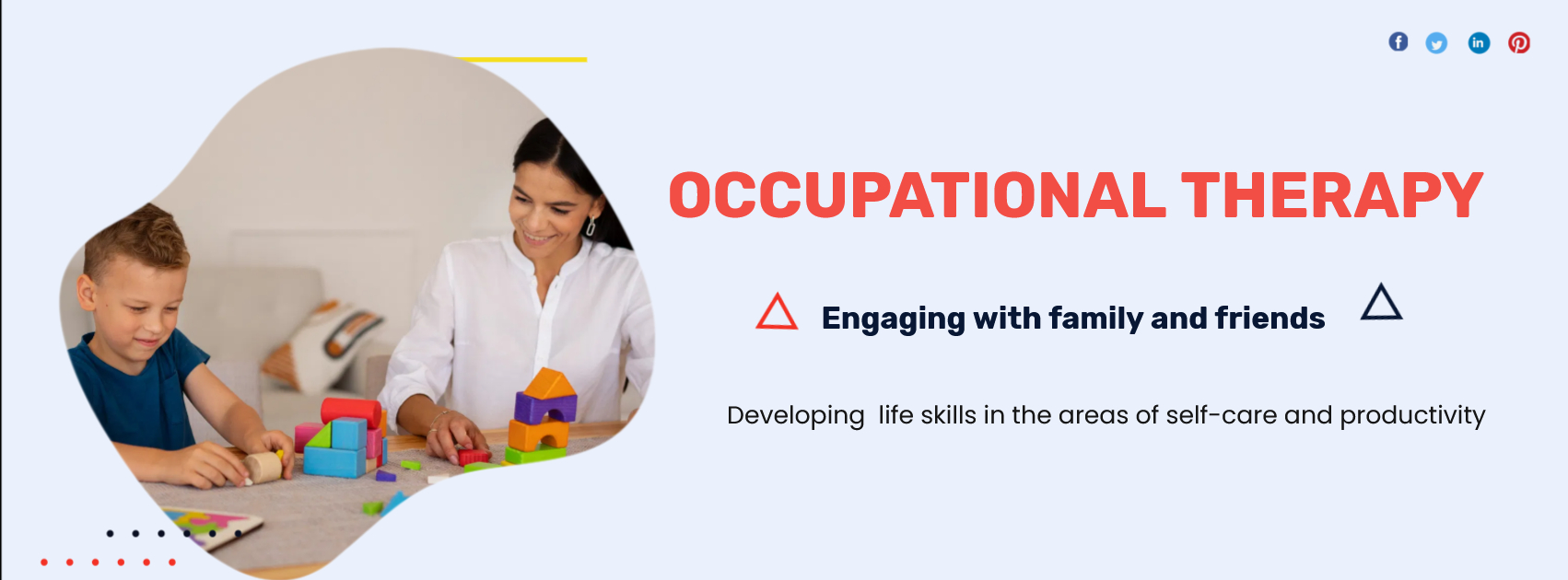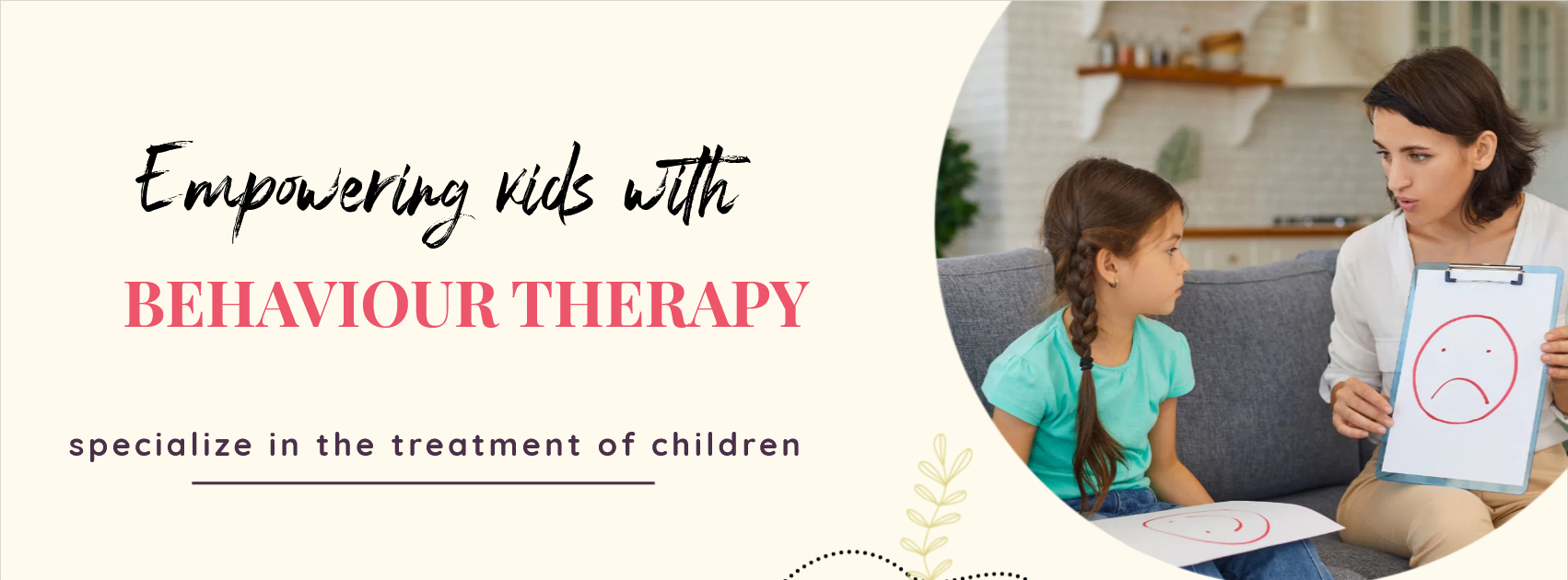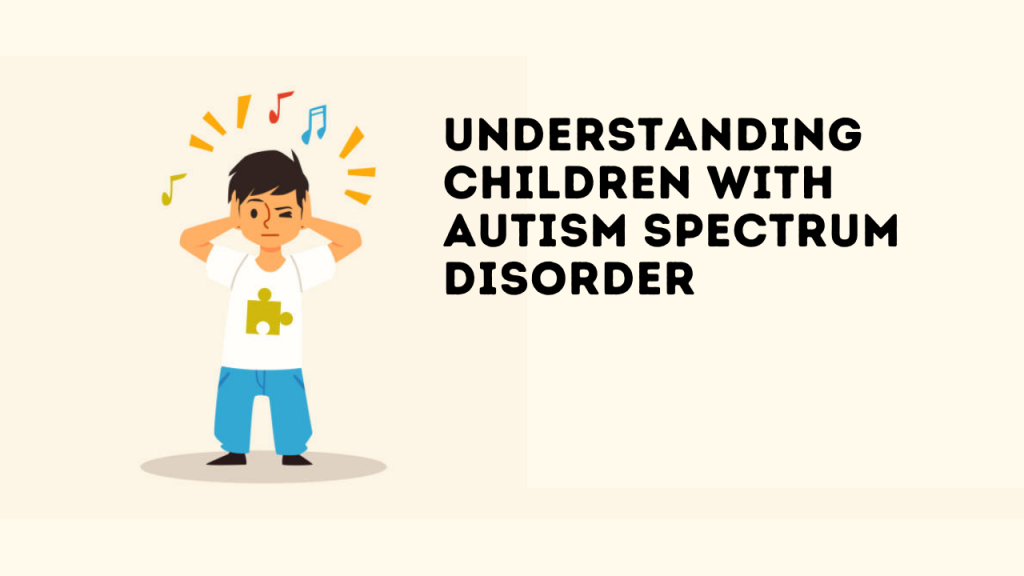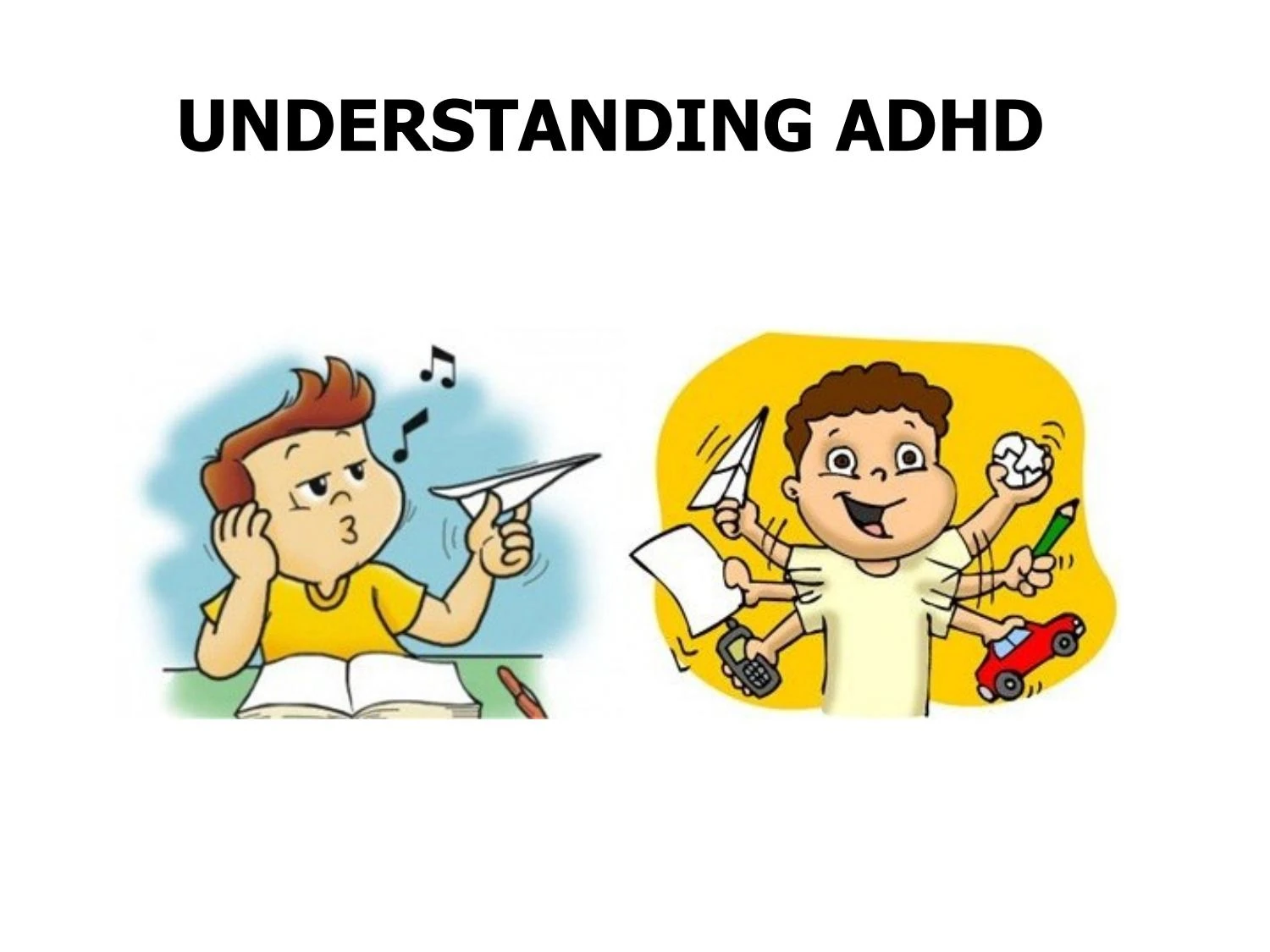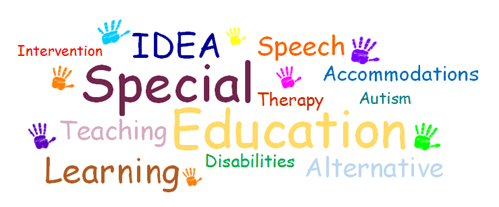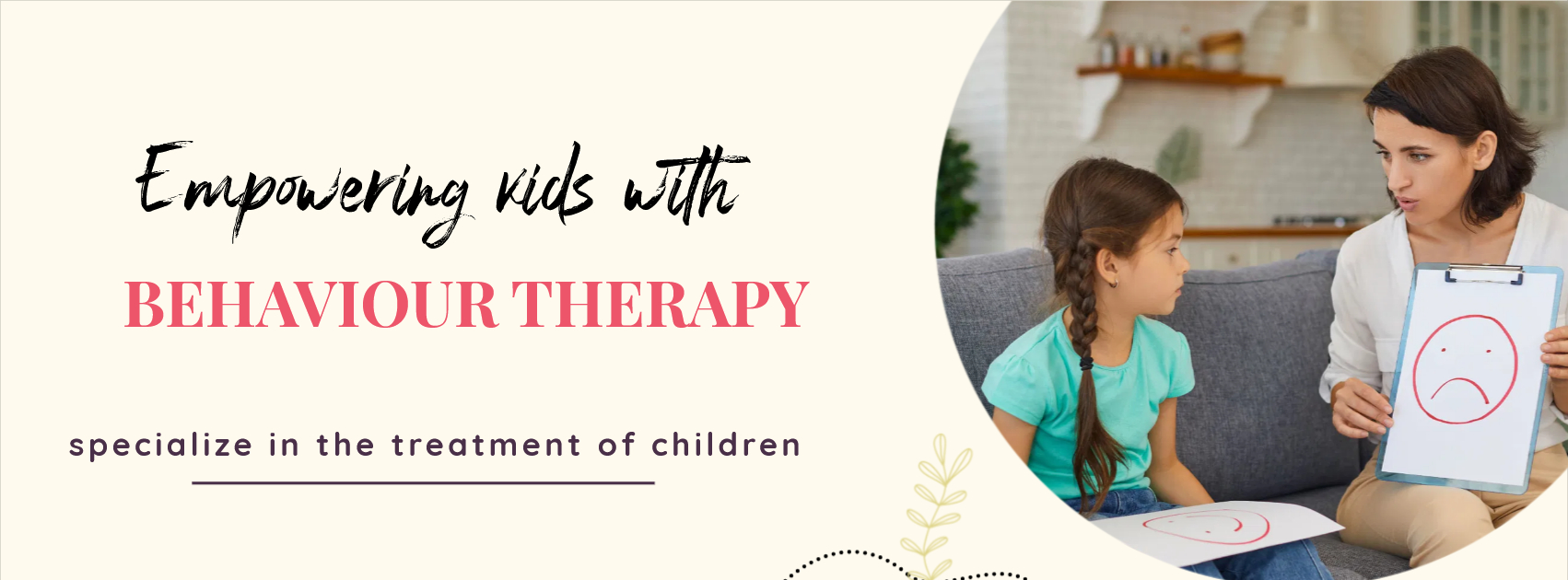
Advantages of Speech Therapy
- Improved Communication Skills:
- Better Confidence
- Enhanced Social Interaction
- Language Development
- Improved Cognitive Skills
- Swallowing and Feeding Improvement
- Support for Communication Disorders
- Enhanced Academic Performance
Advantages of Occupational Therapy
- Improved Daily Functioning
- Enhanced Motor Skills
- Increased Independence
- Support for Mental Health
- Recovery from Injury or Illness
- Improved Sensory Processing
- Support for Children with Developmental Delays
- Pain Management
Advantages of Behaviour Therapy
- Effective for a Wide Range of Disorders
- Improved Emotional Regulation
- Increased Self-Awareness
- Enhancement of Problem-Solving Skills
- Reduction of Maladaptive Behaviors
- Improved Communication Skills
- Focus on Observable Changes
- Time-Limited and Goal-Oriented
Behavior therapy is a type of psychotherapy that focuses on changing unhealthy or maladaptive behaviors by using principles of learning theory. It is based on the idea that all behaviors are learned and that harmful behaviors can be unlearned or replaced with more positive, functional ones. The goal is to teach individuals new behaviors to improve their emotional functioning, relationships, and overall quality of life.
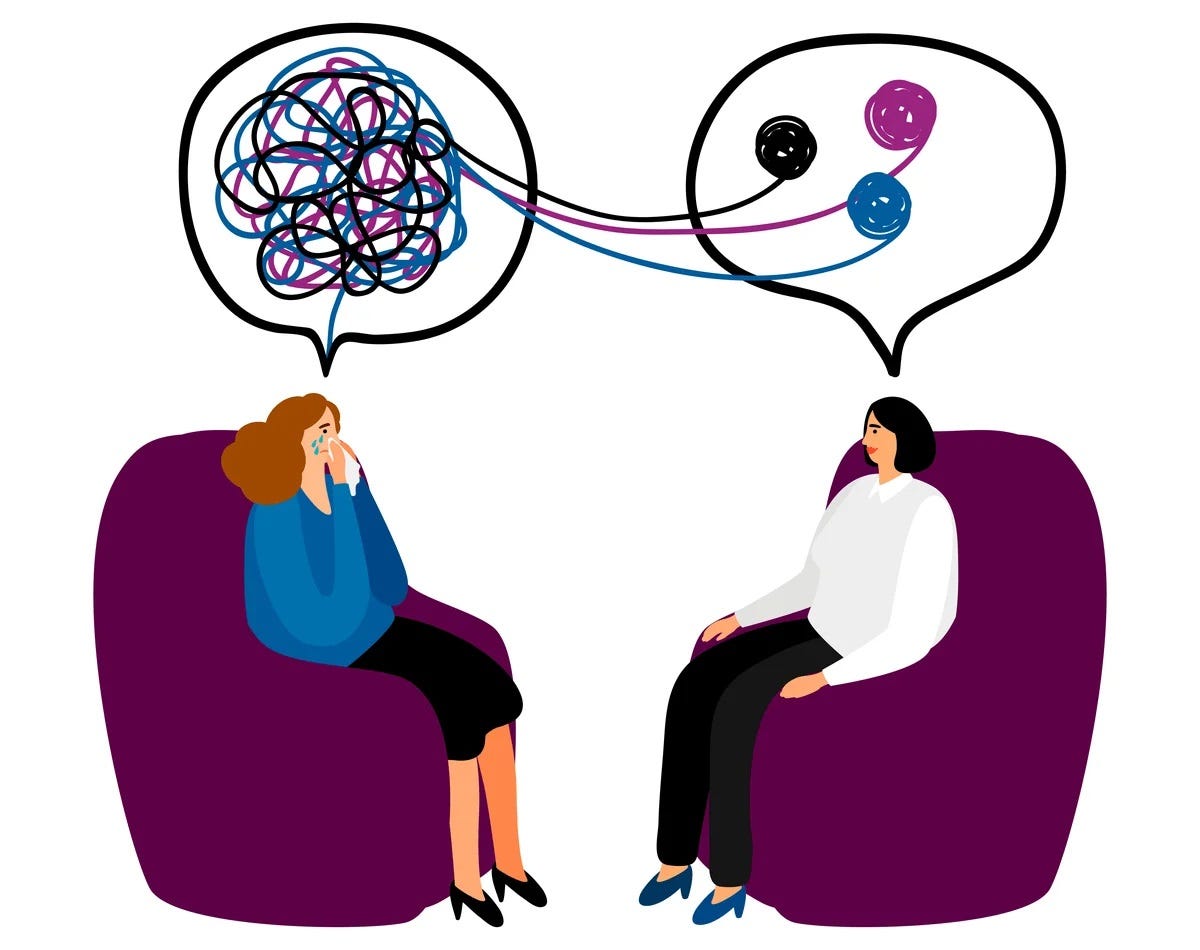
Applications of Behavior Therapy:
-
Anxiety Disorders: Techniques like exposure therapy and relaxation training are used to help people confront their fears in a controlled way and learn to manage anxiety.
-
Depression: Behavioral activation encourages individuals to re-engage with pleasurable activities, combating the withdrawal and low energy associated with depression.
-
Obsessive-Compulsive Disorder (OCD): Exposure and response prevention is used to reduce compulsive behaviors by exposing individuals to anxiety-inducing situations and preventing the compulsive response.
-
Addiction: Behavior therapy can help individuals develop new coping mechanisms, break addictive habits, and learn positive behaviors that reduce cravings.
-
Children with Behavioral Issues: Behavior therapy is often used with children who have ADHD, conduct disorder, or other behavioral challenges. Techniques like reinforcement schedules and structured environments can help children improve behavior.
-
Autism Spectrum Disorder (ASD): Behavioral therapies, like Applied Behavior Analysis (ABA), focus on teaching communication, social, and functional skills while reducing problem behaviors.
Advantages of Behavior Therapy:
-
Focus on Actionable Change: Behavior therapy is practical and focused on specific behaviors that can be measured, making progress easy to track.
-
Evidence-Based: It is grounded in scientific principles and has been shown to be effective in treating a variety of disorders, especially anxiety, depression, and OCD.
-
Quick and Short-Term: Behavior therapy often focuses on short-term, targeted interventions, which can lead to quicker results compared to other therapies.
-
Structured and Goal-Oriented: The therapy is structured, with clear goals and outcomes, providing a roadmap for improvement.
-
No Medication Required: Behavior therapy does not rely on drugs or other medical treatments, making it a good option for those who prefer non-pharmacological approaches.
-
Can Be Tailored to Individual Needs: It’s highly customizable and can be adapted to meet the specific needs of individuals across a wide range of issues, including both adults and children.
-
Promotes Long-Term Change: By teaching individuals new coping mechanisms and reinforcing positive behaviors, behavior therapy helps ensure that change lasts even after therapy is over.
Disadvantages of Behavior Therapy:
-
Focus on Behavior, Not Underlying Issues: Critics argue that behavior therapy may not address the root causes of certain behaviors, such as emotional or unconscious issues, that could be affecting a person’s actions.
-
Requires Active Participation: For behavior therapy to be effective, individuals must be motivated and committed to practicing the strategies learned in therapy, which can be challenging for some.
-
May Be Too Structured: Some individuals may find the structured nature of behavior therapy too rigid, preferring a more open-ended, explorative approach like psychodynamic therapy.
-
Limited Application in Complex Disorders: For certain disorders, such as severe personality disorders or trauma-related issues, behavior therapy may not be as effective on its own without other therapeutic approaches.
In conclusion, behavior therapy is a powerful tool for addressing a wide variety of emotional and behavioral issues. By focusing on changing maladaptive behaviors and reinforcing healthier alternatives, it can lead to significant improvements in both short- and long-term functioning.
Key Techniques in Behavior Therapy:
-
Classical Conditioning: This technique involves learning through associations. A person can learn to associate a neutral stimulus with a positive or negative response. For example, systematic desensitization is a classical conditioning technique used to help people overcome phobias by gradually exposing them to the feared object in a controlled manner.
-
Operant Conditioning: This method uses rewards and punishments to reinforce desired behaviors or discourage undesirable ones. Positive reinforcement (rewarding desired behavior) and negative reinforcement (removing an unpleasant stimulus when a desired behavior occurs) are common strategies.
-
Reinforcement and Punishment: In behavior therapy, reinforcement increases the likelihood of a behavior being repeated, while punishment decreases it. Positive reinforcement (giving a reward) or negative reinforcement (removing a negative stimulus) strengthens good behavior, while positive punishment (adding a negative consequence) and negative punishment (taking away a desirable item) are used to decrease bad behavior.
-
Modeling: This technique involves observing and imitating others. It’s used to teach new behaviors by having the individual watch a model who demonstrates the behavior, which is then replicated.
-
Token Economy: In token economies, individuals receive tokens or rewards for performing certain desired behaviors. These tokens can be exchanged for rewards. This method is often used in schools, hospitals, or institutions.
-
Exposure Therapy: Often used to treat anxiety disorders and phobias, this technique involves exposing a person to the feared object or situation in a controlled and gradual manner, helping them desensitize to the anxiety trigger over time.
-
Behavioral Activation: Primarily used for individuals with depression, this involves increasing engagement in positive or rewarding activities to reduce withdrawal, isolation, and inactivity.


